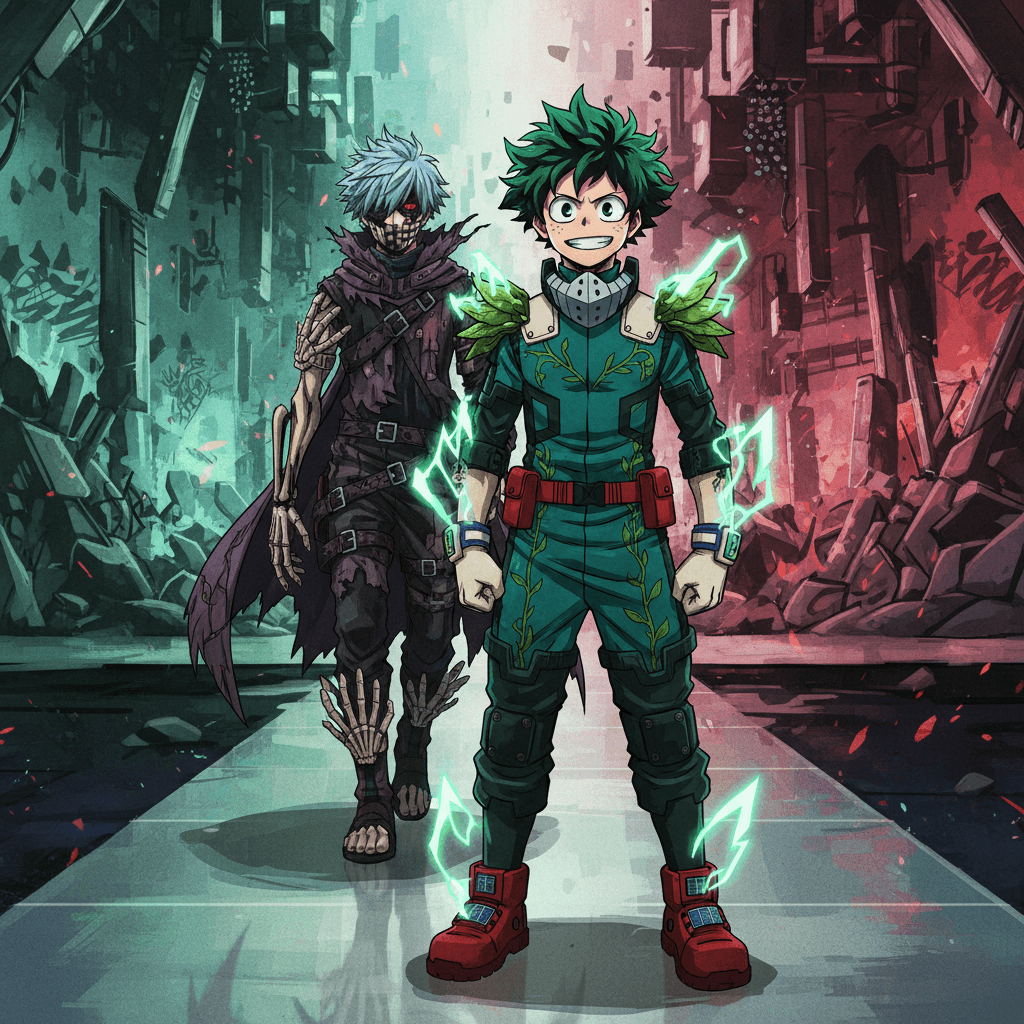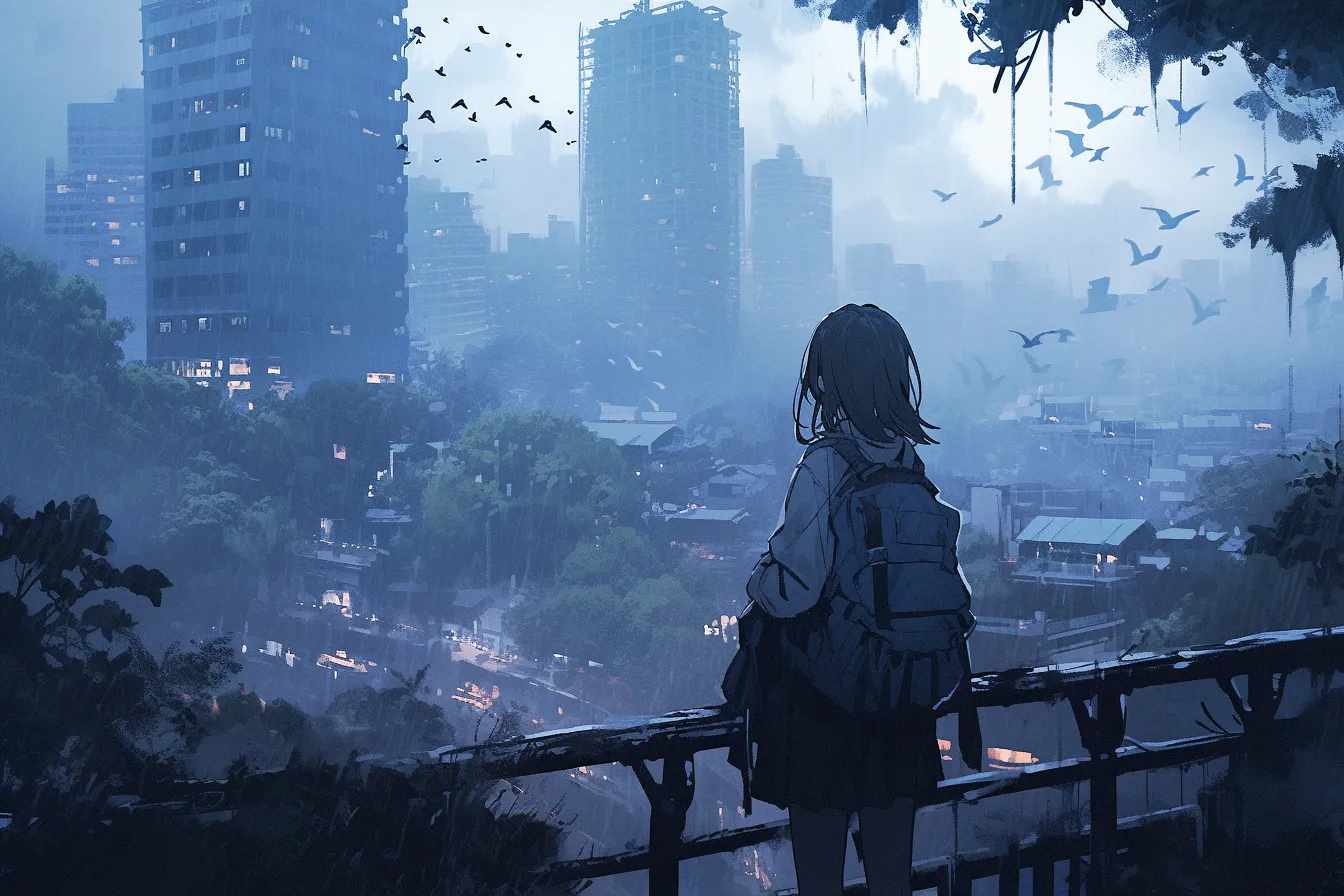Anime Characters Unleashing Fashion Freedom in My Hero Academia

My Hero Academia characters showcase vibrant fashion reflecting their identities; Izuku in a green jumpsuit symbolizes growth, while Shigaraki’s ragged attire embodies rebellion, merging style with personal narratives
Unleashing Style in My Hero Academia
In the vibrant world of My Hero Academia, heroes and villains alike are not just defined by their quirks but also by their distinctive fashion choices. This anime brilliantly illustrates how personal style can reflect one’s identity and aspirations, showcasing a diverse array of characters who embrace their individual fashion sense.
Heroic Outfits that Tell a Story
The protagonists often sport outfits that enhance their abilities while expressing their personalities. For instance, Izuku Midoriya’s green jumpsuit is not only practical for his Quirk, One For All, but also signifies his journey from an underdog to a formidable hero. Similarly, Ochaco Uraraka’s simple yet effective attire reflects her grounded nature and determination to uplift her friends.
Villains with a Twist
On the other side of the spectrum, villains like Shigaraki Tomura and Dabi use fashion as a means of rebellion against societal norms. Shigaraki’s ragged clothing symbolizes his disdain for the established order, while Dabi’s edgy appearance exudes an air of danger and mystery. Their styles are carefully crafted to evoke fear and respect, proving that fashion can be a powerful tool in the narrative.
Quirk-Inspired Fashion
One of the most fascinating aspects of My Hero Academia is how characters’ quirks influence their clothing choices. For example, Mei Hatsume’s innovative designs showcase her engineering prowess, merging function with avant-garde style. Her outfits often include gadgets that enhance her combat capabilities, representing the fusion of creativity and utility in hero costumes.
Cultural Influences and Trends
The series also draws inspiration from various cultural trends, blending traditional Japanese aesthetics with modern streetwear. Characters like Tenya Iida exhibit a more formal style reminiscent of a student council member, highlighting themes of responsibility and leadership. In contrast, characters like Katsuki Bakugo embody a rebellious spirit through their more rugged and aggressive fashion statements.
The Power of Accessories
Accessories play a crucial role in character design within My Hero Academia. From headbands to gloves, these elements not only serve functional purposes but also add layers to each character’s identity. For instance, Shoto Todoroki’s half-cold, half-hot hair reflects his inner conflict and duality, while his choice of minimalist clothing suggests his serious demeanor.
Conclusion: A Canvas for Individual Expression
In My Hero Academia, fashion transcends mere aesthetics; it becomes a narrative device that enriches character development and thematic depth. Each outfit tells a story about the wearer’s background, motivations, and values. As viewers follow these heroes on their journeys, they are reminded that true strength lies not just in power but also in the freedom to express oneself through style.
💬 The comment system is temporarily disabled.
If you have any questions, please contact us through other means.
